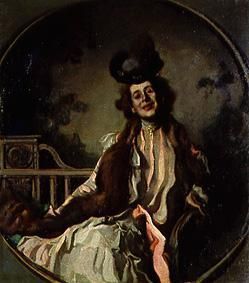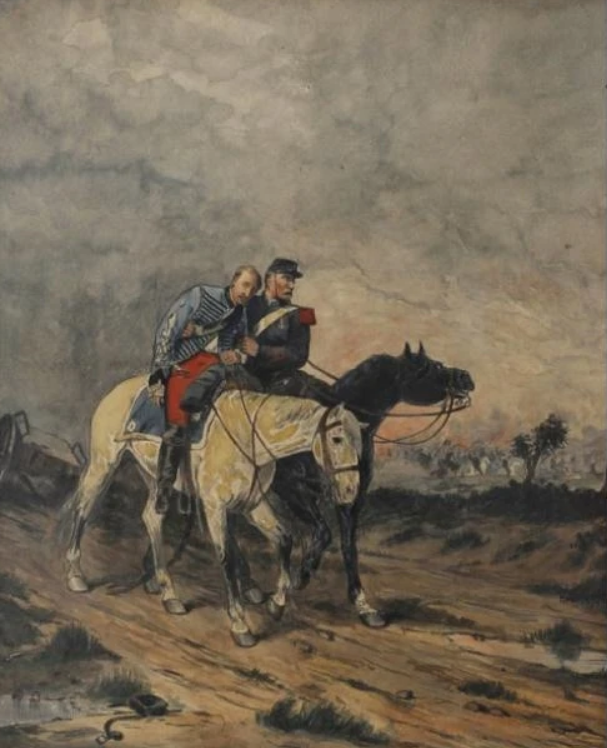
Hugo Von Habermann is a German painter best known for his exceptional portraits of women. He was born on the 14th of June, 1849 in Dillingen, Germany. Habermann’s artistic journey began when he moved to Munich with his family in 1858, where he received his first art lessons and attended prestigious schools. Initially studying law, he found his true passion in painting during his military service in the Franco-Prussian War. Habermann pursued formal art education at the Academy of Fine Arts in Munich, studying under renowned artists such as Karl Theodor von Piloty. After completing his studies in 1879, he became a full-time artist and opened his own studio. Habermann passed away on the 27th of February 1929 in Munich.
What Does Hugo Von Habermann Paint About?
Hugo Von Habermann painted portraits, especially of women. Throughout his career, he focused on capturing the essence and inner world of his subjects through his meticulous attention to detail, expressive brushwork, and skillful use of light and shadow. His portraits often exuded a sense of grace, elegance, and emotional depth, revealing the personality and character of the individuals he depicted.
Who Was Hugo Von Habermann Influenced By?
Hugo Von Habermann was influenced by the Munich School, a group of artists associated with the Academy of Fine Arts in Munich, where Habermann studied. He also drew inspiration from the naturalistic and realistic approaches of artists like Wilhelm Leibl and Karl Theodor von Piloty. Additionally, Habermann was influenced by the Spanish painter El Greco, whose works he discovered later in his career, leading to a noticeable shift in his style. El Greco’s use of elongated figures, vibrant colors, and expressive brushwork left a lasting impact on Habermann’s artistic development and the evolution of his own unique style.
What Art Movement Is Hugo Von Habermann Associated With?
Hugo Von Habermann is associated with the Munich Secession, an art movement that emerged in Munich, Germany, in the late 19th century. The Munich Secession was a progressive and innovative artistic group that sought to break away from traditional academic styles and embrace new artistic approaches. Artists associated with the Munich Secession aimed to promote artistic freedom and experimentation, advocating for the recognition and exhibition of avant-garde works. Hugo Von Habermann was one of the co-founders of the Munich Secession and served as its second President. His involvement with the movement reflects his alignment with its goals of artistic independence and the exploration of new artistic expressions.
Hugo Von Habermann Artwork
Hugo Von Habermann, during his retirement, received the Pour le Mérite, Civil Class, from the President of Germany, Paul von Hindenburg. Below are a few of Habermann’s creations.
“Problem Child”

“Portrait of a Lady”

“Frauenakt”

“Portrait of a Lady in Gray and Pink”

“Atelier Piloty”

“Female nude, dancer with scarf and pearl necklace “

“Portrait of a lady with a fur stole “

“A Love Lost”

“Profile Portrait of a Young Man”

“The Munich Secession “

“Portrait of a lady with fur and a pearl necklace in a seductive pose “

“Reclining Nude with Sunflowers”

“Veil Dancer”

“Illustration”

“Portrait of a woman in a red hat”
